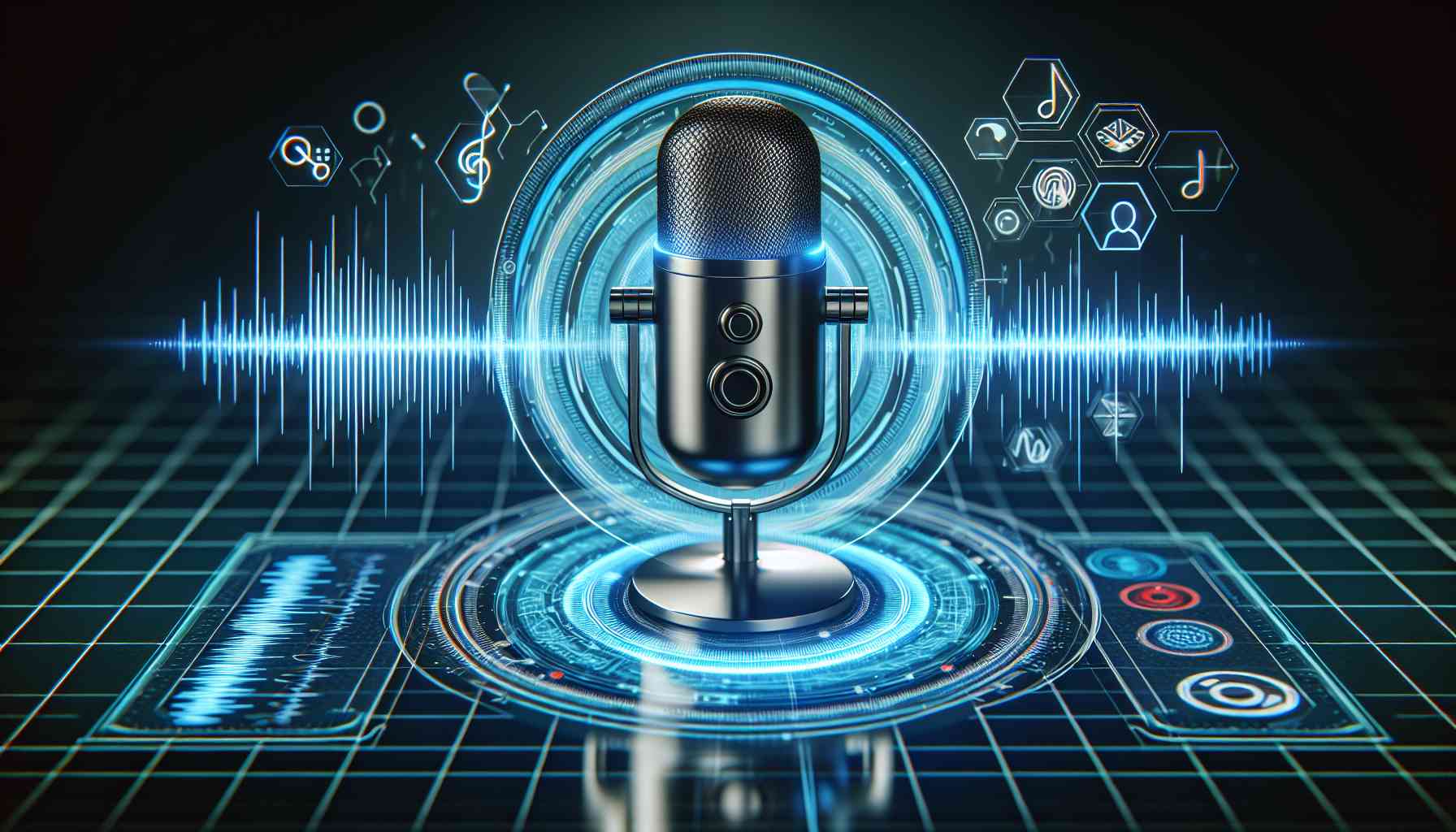In a recent study, researchers from the King Abdullah University of Science and Technology and NVIDIA have developed a new approach to enhance the accuracy of Automatic Speech Recognition (ASR) systems. ASR technology is widely used in consumer devices, such as smart speakers, to convert spoken language into written text.
The team’s approach, called Whispering-LLaMA, combines two components to improve ASR accuracy. The first component is the Whisper ASR foundation model, trained on a vast amount of multilingual audio data. This model generates n-best hypotheses of speech samples. The second component is the LLaMA language model, which is used to generate error-corrected transcripts by utilizing its knowledge of language.
What sets Whispering-LLaMA apart from previous approaches is its ability to integrate additional data modalities. ASR requires both acoustic information (sounds in the speaker’s environment) and linguistic information (domain-specific knowledge). By capturing and processing both types of data, the researchers believe the system can make more accurate predictions.
The team conducted evaluations using various ASR datasets and found that fusing the data modalities in Whispering-LLaMA resulted in a remarkable 37.66% improvement in word error rate compared to existing ASR systems. These promising results indicate the potential for developing a new generation of highly accurate ASR tools.
To encourage further research and development in this field, the team has made their code and pre-trained models open-source, allowing other researchers to build upon their work.
This innovative approach to ASR not only enhances the convenience and accessibility of consumer devices but also sets the stage for advancements in speech recognition technology. With continual improvements in accuracy, ASR systems are poised to revolutionize how we interact with technology and make voice-based interfaces even more reliable and efficient.
The source of the article is from the blog smartphonemagazine.nl

